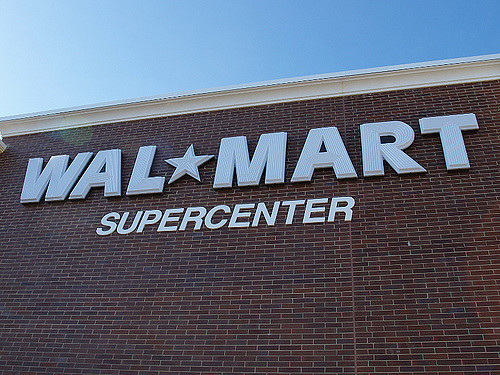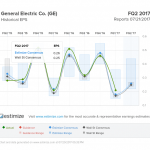
Photo Credit: Ron Dauphin
Anyone that follows the Estimize consensus knows that it’s a pretty rare occurrence when our crowdsourced expectations are below the Wall Street consensus. Up until this morning this was the case with Wal-Mart (WMT), typically seen as bearish signal. Currently Estimize is calling for Wal-Mart’s EPS to come in at $1.46 when they report on Thursday before the opening bell, in-line with the Street. Revenues on the other hand are more or less in-line at $130.386B and $130.354B, respectively.

These revenue estimates have fallen by over $1B for Estimize, and $2B for Wall Street in the last 3 months. Declining expectations have to do with guidance Walmart gave at their October analyst day, lowering FY 2016 guidance and claiming YoY sales growth would be flat due to wage hikes and FX headwinds. The outlook for fiscal 2017 was even worse, with the retailer anticipating a 6 – 12% drop in year-over-year profits. Despite the excuses given, most investors took this as a sign that competition from Amazon (AMZN) was the most likely culprit.
Beyond Amazon pressures, analysts are also concerned about the deep discounts and promotions that were employed during the holiday season to move inventory, paired with higher e-commerce activity which comes with lower margins. However, so far in 2016, shares of WMT are up 7.3%, while the S&P 500 is down around the same amount. It goes without saying that Wal-Mart certainly has defensive appeal, and in this uncertain environment could serve as a safer bet. The retailer’s largest demographic is low-income consumers who are benefitting more heavily from lower gas prices and falling unemployment, and as a result are spending a greater proportion of those savings.

Earlier this year the world’s largest retailer announced that it would be closing 270 stores in the U.S. and overseas. Many locations affected are smaller Wal-Mart Express stores, and announced closings represent less than 1% of Walmart’s worldwide sales. Despite store closures, Walmart plans to open over 300 new stores in fiscal 2017, including 50 to 60 supercenters in more profitable locations.


















Leave A Comment